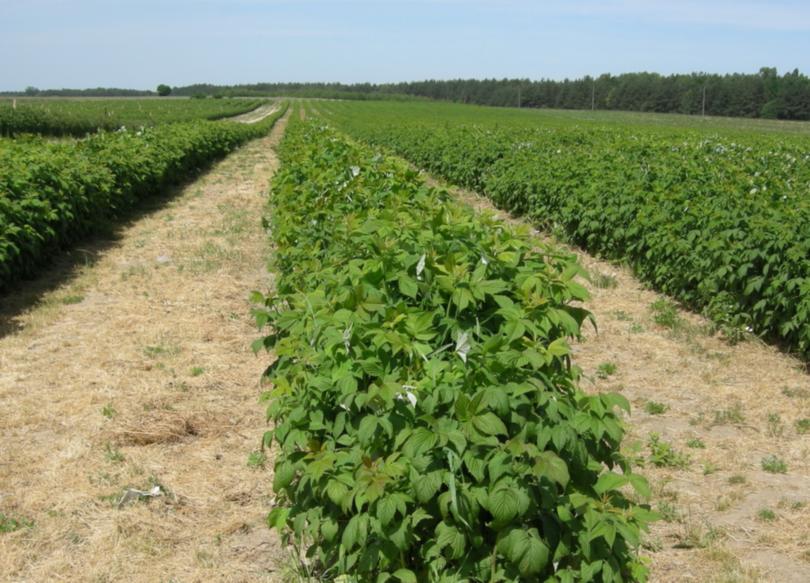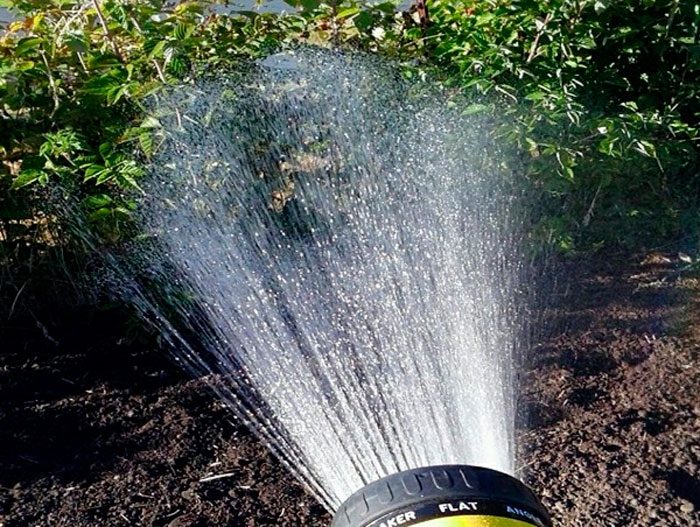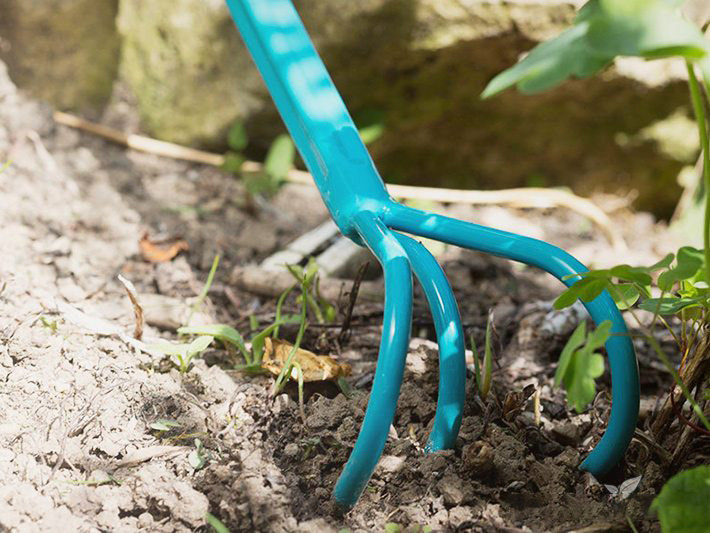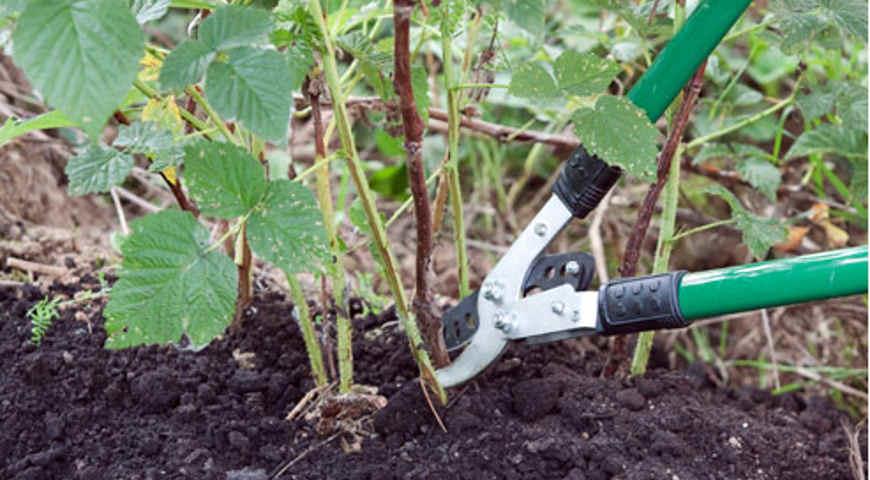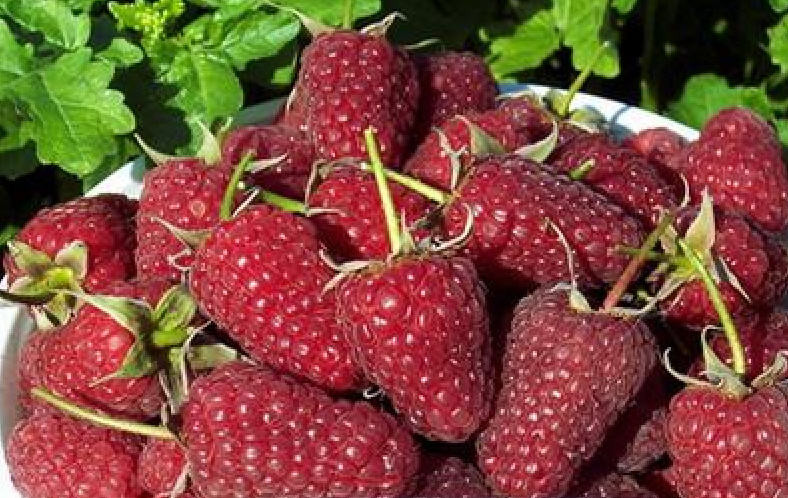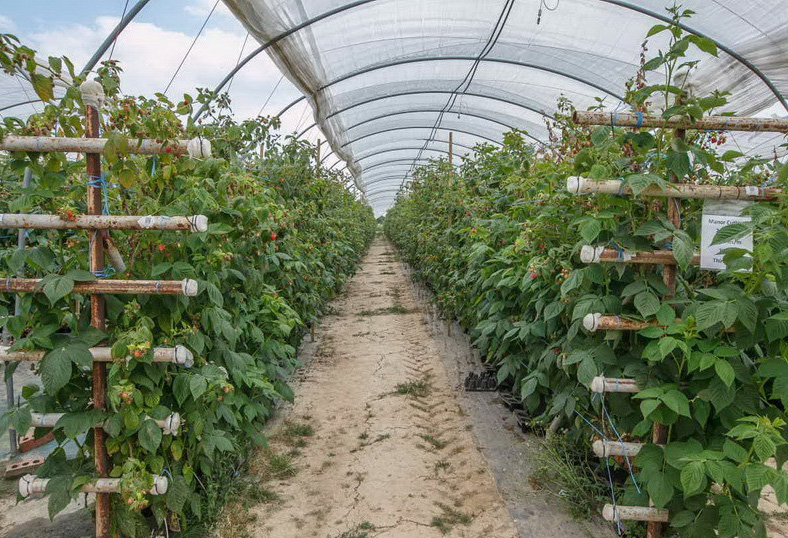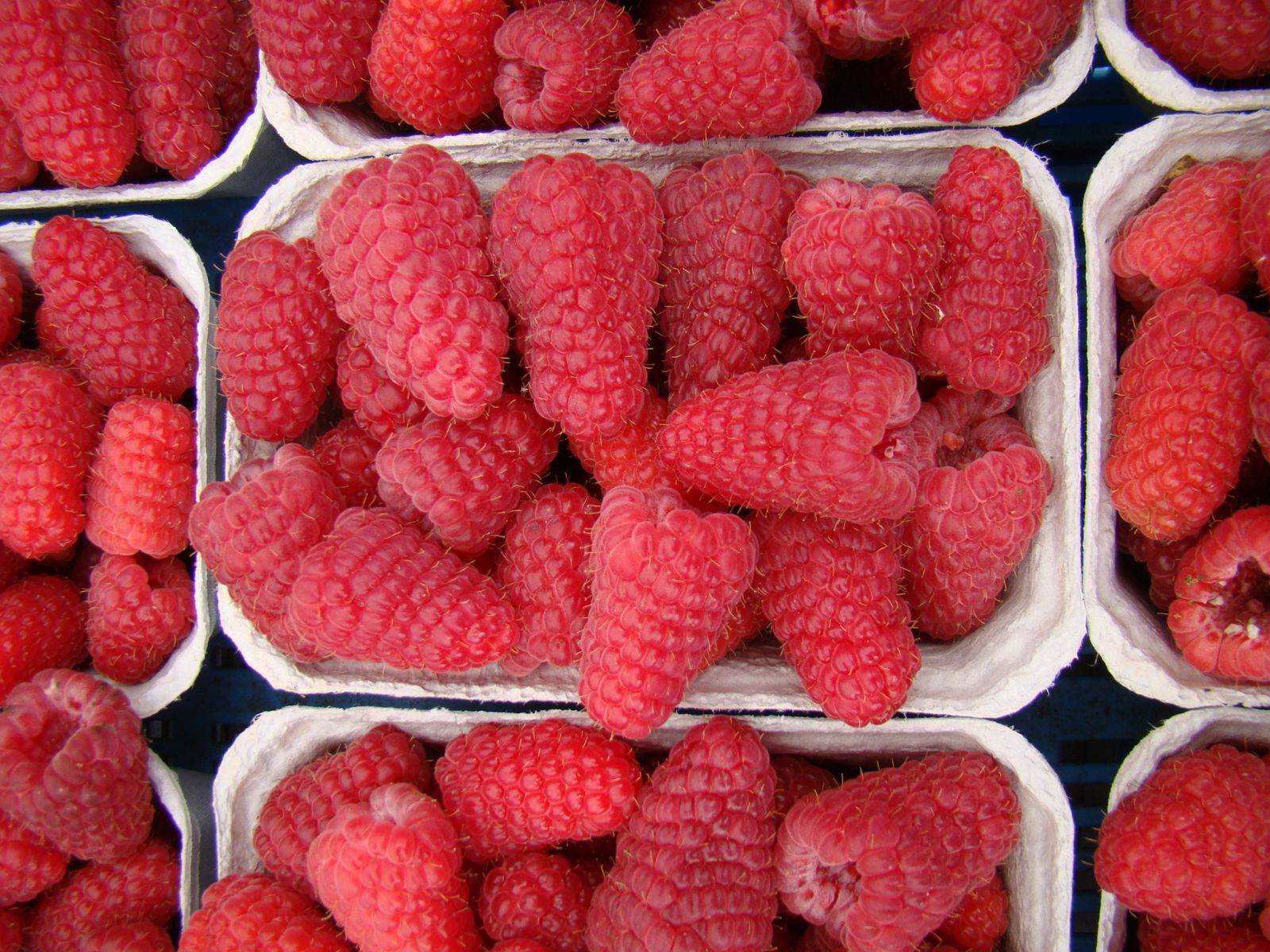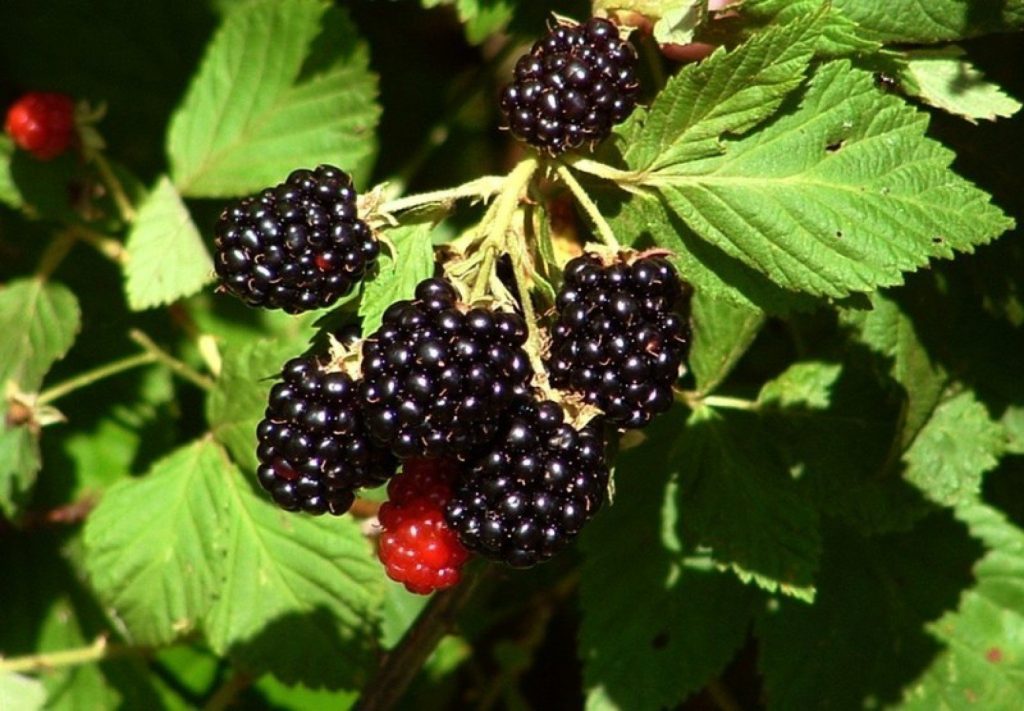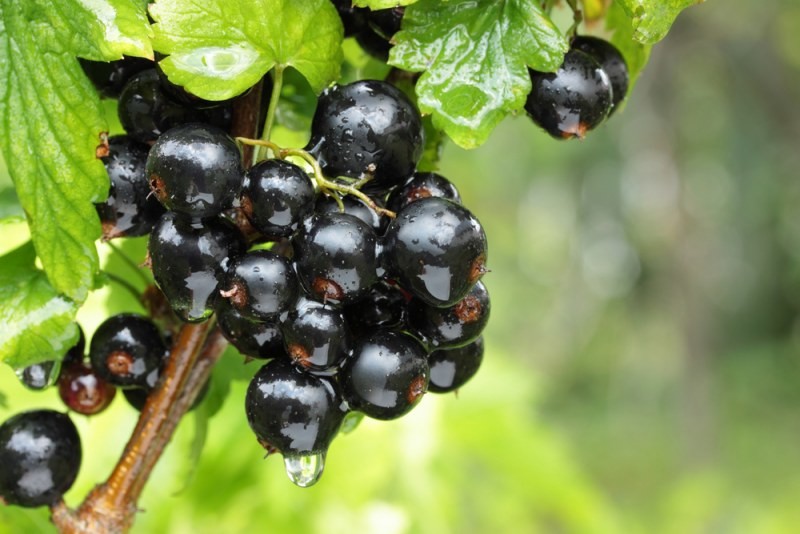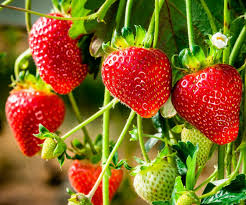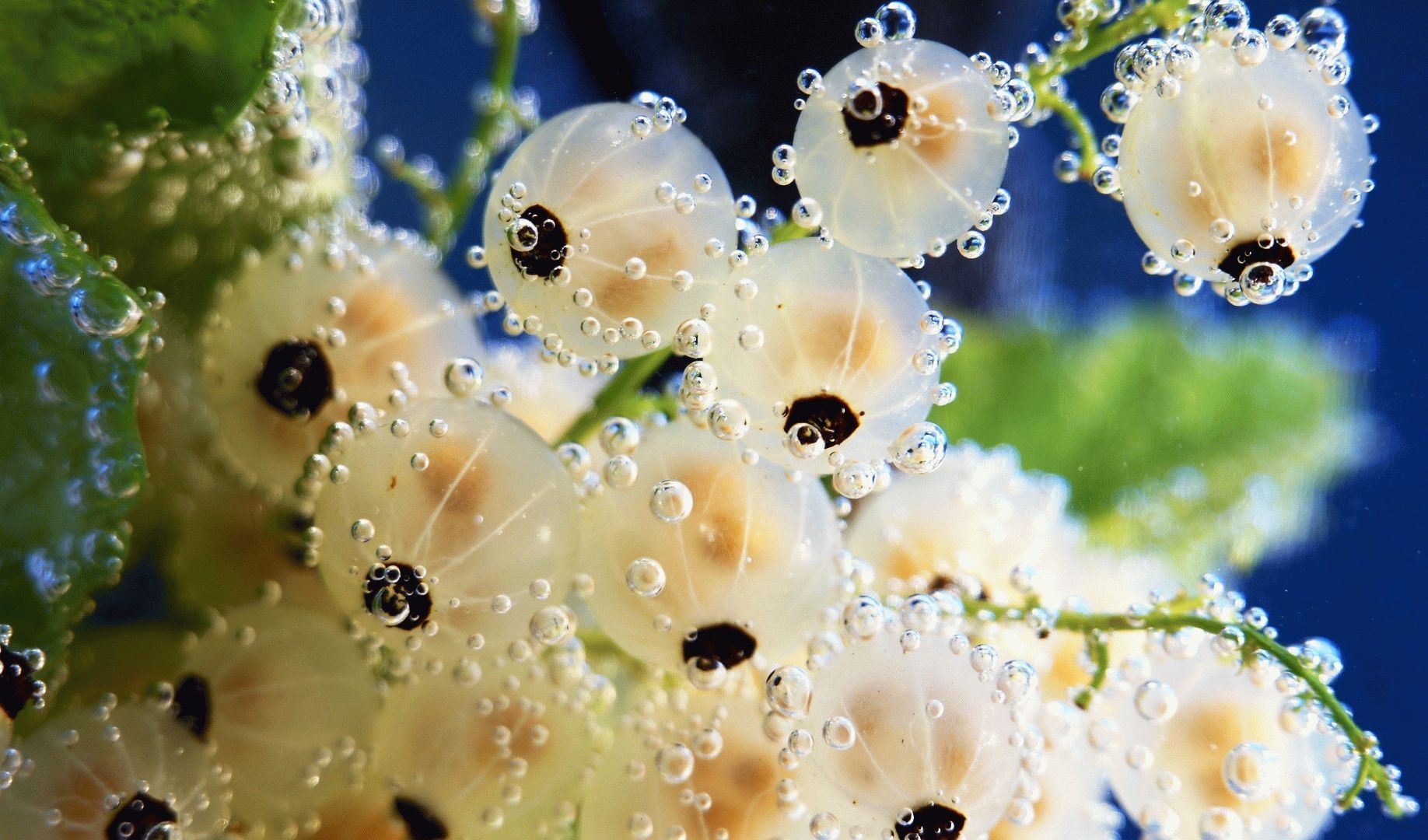Content:
Repaired raspberries are a group of varieties of this crop that, in comparison with ordinary ones, have the following features:
- The duration of fruiting of remontant raspberries, in comparison with ordinary ones, is from 1.5 to 2 months;
- When grown in southern regions, the crop can give up to two harvests a year;
- The berry of the remontant varieties is larger, sweeter, dense, has both red, ruby, and yellow, orange or even gold color. It lends itself better to transportation and storage;
- Repairing varieties require more careful maintenance.
These features must be known and taken into account in order to understand how to care for remontant raspberries correctly and at the same time get a good harvest of tasty berries.
Requirements for conditions
To grow a crop such as remontant raspberry, you need a plot with the following conditions:
- Soil - for the cultivation of remontant raspberries, a highly fertile, cohesive sandy or loamy soil with a high content of nutrients, a weakly acidic or close to neutral reaction of the environment is required;
- Light - in the middle lane and northern regions, remontant varieties should be grown in places that are constantly illuminated during daylight hours. In the southern regions, so that the culture does not suffer from the scorching sun, it is planted in partial shade;
- Moisture - raspberries do not tolerate flooding of the root system, therefore, for its cultivation, it is necessary to choose a high place with deep groundwater;
- Protection from cold winds - in order to protect the planting from drafts and cold winds, it should be planted near capital structures, fences, bushes. In this case, it is necessary to ensure that such obstacles to the wind do not obscure the landing.
Landing
There are two planting dates for this culture: spring and autumn. Autumn is less preferable, as it does not allow the plant to take root and adapt. Therefore, most summer residents plant the purchased raspberry seedlings remontant in early spring, after the soil has thawed, warmed up and dried out.
Planting remontant raspberries in the spring is carried out in two ways: ordinary and bush:
- With the ordinary method, the area dug up since the fall is divided into rows with a cord. The distance between them is from 1.5 to 2.0-2.5 m.To plant individual seedlings in a row, a trench or pits are made, 30-35 cm deep, a layer of compost or rotted manure with a thickness of 5- 8 cm. The distance between individual plants in a row, depending on their bushiness and vigor of growth, ranges from 0.5-0.6 to 0.9 m;
- With a limited area of \ u200b \ u200bthe plot, raspberries of these varieties can be planted in a bush method - for this, the distance between the rows and individual bushes in the rows is made the same, equal to 1.0-1.5 m. With this method, seedlings are planted in pits, 30-40 cm deep, with a layer of peat, humus or other organic fertilizer at the bottom.
With any method of planting, the seedlings are covered with earth to the level of the root collar, the soil around them is compacted and the planting is thoroughly watered.
When planting on very light sandy soils, so that the root collar of the seedling does not dry out, it is buried 3-5 cm below the soil surface.
Care during the growing season
Raspberry requires remontant care and growing during the growing season, consisting of the following activities:
- Watering;
- Top dressing;
- Loosening;
- Mulching;
- Pruning;
- Warming.
Watering
Unlike ordinary raspberries, remontant raspberries require careful watering. It is performed regularly, maintaining the top fertile soil layer, 25-30 cm thick, in a wet state. The first watering is carried out in the spring when a new plantation is planted, the subsequent ones - as the topsoil dries up during dry periods. Also water the planting abundantly after picking berries. Watering is carried out using watering cans or a drip irrigation system. Water consumption per 1 bush depends on the degree of drying of the soil, its mechanical composition and averages about 8-10 liters.
Top dressing
Top dressing is done in early spring with such a complex fertilizer as nitroammofoska at a dose of 80-100g / sq. Fertilizers are scattered over the surface and embedded in the soil when it is loosened. In the future, fertilizing with mineral fertilizers during the summer-autumn period on fertile soils on plantings is not used. They can provoke the growth of the vegetative mass and delay the ripening of the crop.
Plants are fed with organic fertilizers 2-3 times per season: water infusion of mullein (1:10) or bird droppings (1:20). The consumption of such infusions per bush is 3.5-4 liters.
Loosening
In order to grow a full-fledged crop, it is necessary to periodically loosen the row spacings and the space between the raspberry bushes in the rows. This technique is performed in the following terms:
- In early spring, before bud break on the shoots;
- In summer, as weeds appear and the topsoil dries up;
- The last loosening is carried out just before the coldest autumn in order to destroy the last weeds.
They loosen with hoes and flat cutters, in conditions of large plantations - with mounted cultivators or harrows. The depth of loosening in the aisles should be from 10 to 15 cm; in a row between plants - no more than 6-8 cm.
Mulching
Many experienced gardeners begin caring for remontant raspberries in the spring with feeding and mulching the plantation. The last technique consists in covering the entire soil surface with a 5-8 centimeter layer of peat, sawdust, and straw. Cultivation of raspberries using mulching avoids the need for frequent loosening, reduces the evaporation of moisture from the soil, and prevents the growth and development of weeds. The berries that fall on mulch such as straw or dry grass are not contaminated.
Pruning
There are two types of trimming:
- Spring - after the shoots of the last year came out of winter, they are carefully examined and removed or shortened by frost, rodents;
- Autumn - in the fall, two-year shoots are removed, and when grown as an annual crop, all shoots of the current year.
When pruning, use a sharp pruner or garden knife. All cut shoots are burned.
Warming
When growing raspberries without removing the aerial part in the fall, the plantation is insulated. To do this, after removing the weak shoots, annual shoots are bent to the ground and sprinkle their tops with earth. When snow falls, the shoots fall asleep with it completely. In early spring, after the snow cover melts, the tips of the shoots are dug up and straightened.
Harvesting
Depending on the growing region, the technology of growing remontant raspberries as an annual or biennial plant is distinguished:
- Raspberries of remontant varieties are grown as an annual plant in the middle lane and northern regions. To do this, in the fall, all shoots are cut at ground level. The next year, the resulting annual shoots will not compete for food with two-year-olds, giving a rich harvest in late August-early September;
- In a two-year culture, experts advise planting and growing remontant raspberries in the conditions of the southern regions. To do this, in the fall, two-year-old, fruiting shoots are removed at the root, and annual ones are slightly shortened, bent to the ground and insulated with snow. In spring, next to the old shoots, new annuals appear, which, along with those remaining from last year, will bear fruit in the current season. This technology allows you to get two harvests from two-year shoots in the middle of summer, and from annuals - in early autumn.
Remontant raspberries are harvested when they reach maturity. The harvested harvest is consumed both fresh and used to prepare various home preserves (jams, preserves, compotes, tinctures), which can be opened with pleasure in winter.
Reproduction
The cultivation of this culture in the conditions of summer cottages is carried out in two ways:
- Root shoots - for this, the central part of the rhizome of the bush is removed, after which a new bush grows from each of the remaining individual shoots during the season. In the fall, the obtained seedlings are dug up and transplanted to a new place;
- Root cuttings - they dig out the rhizome in the fall, cut it into cuttings 10-15 cm long and store it until spring in the basement in moist soil. In the spring, each stalk is planted in trenches to a depth of 8-10 cm, while placing them horizontally.
Seed propagation is not used in summer cottage gardening. It is used by breeders to obtain new varieties. To do this, the seeds collected from ripe berries are first stratified and then sown in a greenhouse. After the seedlings appear and grow for 1-2 years, they are planted in open ground.
Varieties
Any remontant variety, in addition to early maturity and other indicators, has such an important characteristic for summer residents and gardeners as the size of berries:
- Medium-fruited varieties have berries weighing up to 5-7 grams ("Indian Summer", "Indian Summer-2", "Fire Bird", "Augustina", "Yantarnaya"). The yield of one bush of such varieties is 2-2.5 kg;
- Large-fruited varieties can form berries weighing 10-12 grams or more: "Hercules", "Golden Autumn", "Orange Miracle", "Brusvyana", "Atlant", allowing you to get from one bush up to 3.5-4 kg of berries.
A dacha or a personal plot is already unthinkable without such a culture as remontant raspberries. Delicious and fragrant berry requires careful care from the gardener. Only by choosing the right site where you can plant raspberries, by timely watering, loosening, mulching, feeding and pruning, you can get a high yield of this crop. Cultivating it without observing all the requirements of the cultivation technology will lead to the production of small and tasteless berries, oppressed by the weeds of the plantation, where any disease and pest of this crop will feel good.


